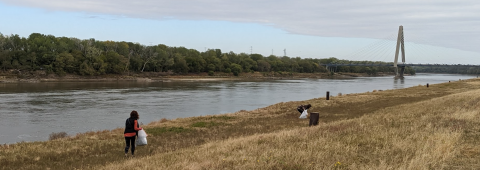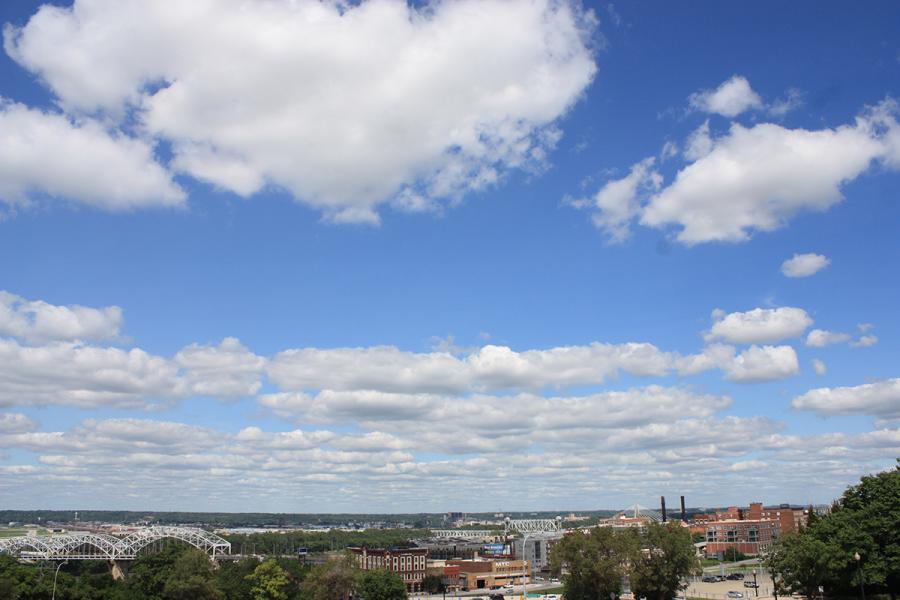Above-average temperatures and below-average humidity contribute to ozone formation, said Doug Norsby, MARC air quality senior planner. Scientists compare past years with the current weather conditions when forecasting. According to the U.S. Environmental Protection Agency, variations in weather conditions play an important role in determining ozone concentrations, but weather forecasts are typically only accurate three to 10 days in the future. So, Brown and his organization track such things as changing ocean temperatures and long-term drought conditions when considering an outlook for ozone season.
“Oceans give the first hints,” Brown said. “We had an El Niño winter (ocean surface warming) this year. So, we were seeing a lot of mild water along the equator. While it still looks very mild currently down there, it is starting to cool and has been cool here for the last few months. The projection going forward is to trend toward a more neutral summer to eventually an El Niño winter on the back end of things.”
The ocean currents offer an indication for where prevailing high- and low-pressure areas will form and how strong they will be as well as the likelihood for above- or below-average temperatures and precipitation.
The two years that serve as a model for this year’s forecast are 2010 and 2020. Brown said there were a fair amount of early season exceedances in 2010, which had the most exceedances in June and August and a fair amount of yellow conditions. Brown said that 2020, another model year and a pandemic year, saw a loss of travel, which helped keep air pollution down.
“That year was very clean overall,” Brown said. “Yellow days peaked in June, July and August. Looking at the weather patterns, it seems like we’re probably on that same track for this year of peaking in June, July and August, which isn’t uncommon anyway, given those are the peak heating months of the year as well.”
Brown said that as the ozone season progresses, things will swing back and forth and average up.
“There will be times when it’s milder, times when it’s cooler, but on average overall. It’s going to end up more seasonal … from a temperature perspective, which is probably good news from the ozone production front.”
Brown said that soaking rainfall events in April and May will also help keep down ozone levels.
“As we go forward into June, July and August, the pattern really starts to flip,” Brown said. During those three months, Brown said we would experience more of the milder patterns that can be set up in the central and eastern U.S.







